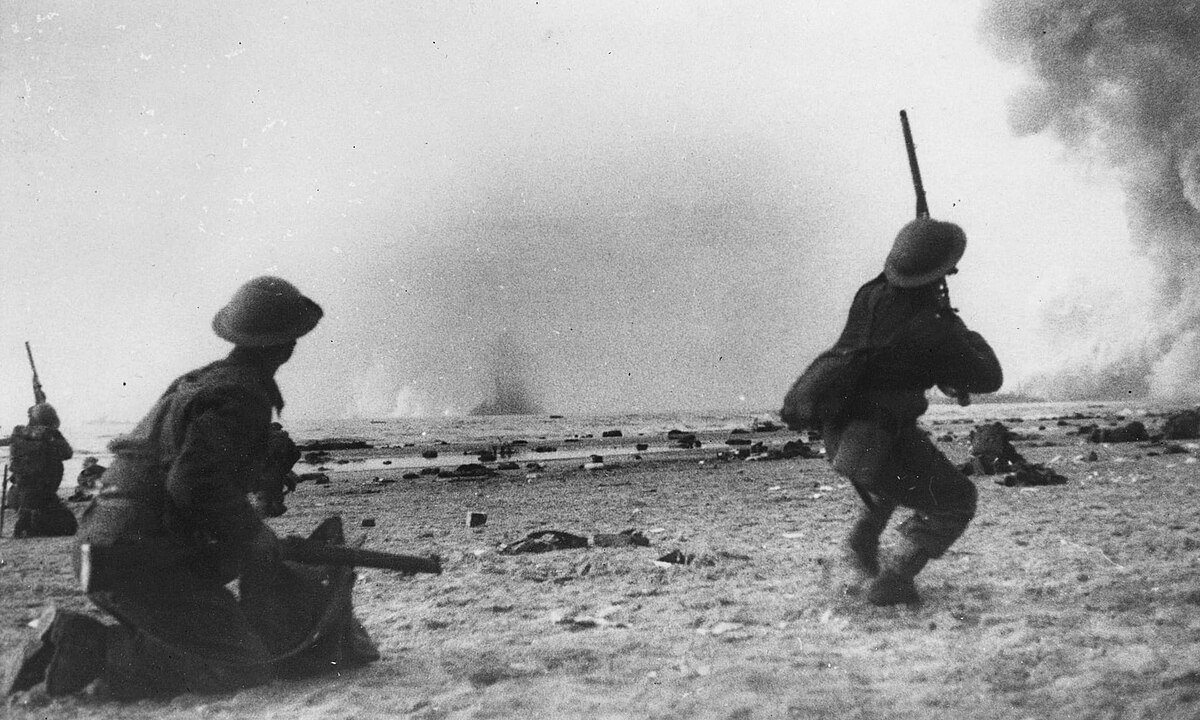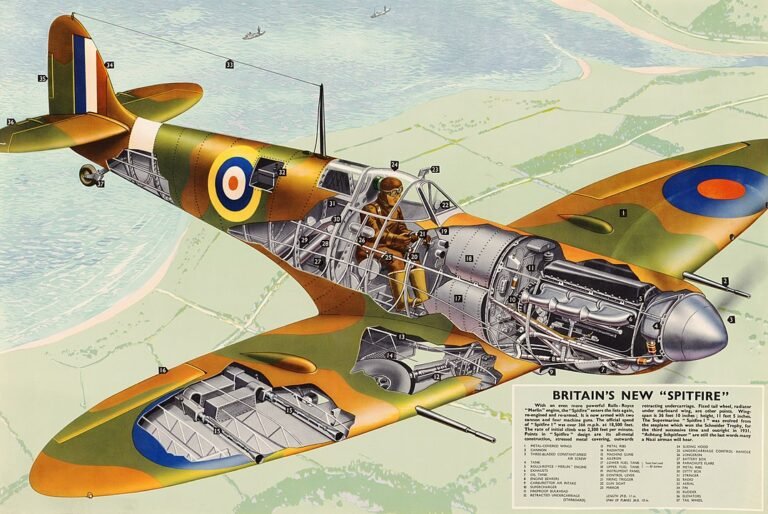Operation Dynamo: The Great Liberation of Dunkirk
The evacuation of Dunkirk is one of the most critical moments of World War II. Between 26 May and 4 June 1940, it was a major strategic withdrawal operation of Allied forces against Nazi Germany. The evacuation of Dunkirk is known as a dramatic operation that changed the course of the war and saved the lives of millions of soldiers.
Background
After the outbreak of World War II in 1939, Germany began to rapidly occupy Western Europe with the “Blitzkrieg” tactic. This tactic was based on speed, surprise and intense firepower. Germany attacked Belgium, the Netherlands and France in May 1940. German forces advanced rapidly, surrounding the Allied forces and pushing them towards the northern coast of France.
# The situation in Dunkirk
Allied forces were forced to retreat in the face of German attack, and eventually some 400,000 British and French troops were stuck in the city of Dunkirk in northern France. German forces had blocked Allied forces’ escape routes by carrying out siege operations from the north and south. The Allies had no choice but to evacuate from Dunkirk by sea.
Operation Dynamo
Operation Dynamo was planned to evacuate Allied forces from Dunkirk. British Prime Minister Winston Churchill and the British government took swift action to carry out the evacuation operation. The operation, led by Admiral Bertram Ramsay, was launched to evacuate troops from Dunkirk. The evacuation plan included a variety of ships, including large warships, as well as small civilian boats, fishing boats and yachts.
The Beginning of the Evacuation
On 26 May 1940, Operation Dynamo officially began. In the early days, the evacuation process progressed slowly, and German air strikes made it even more difficult to evacuate. However, the British Royal Air Force (RAF) resisted the German air force against the Luftwaffe and made great efforts to protect airspace over Dunkirk.
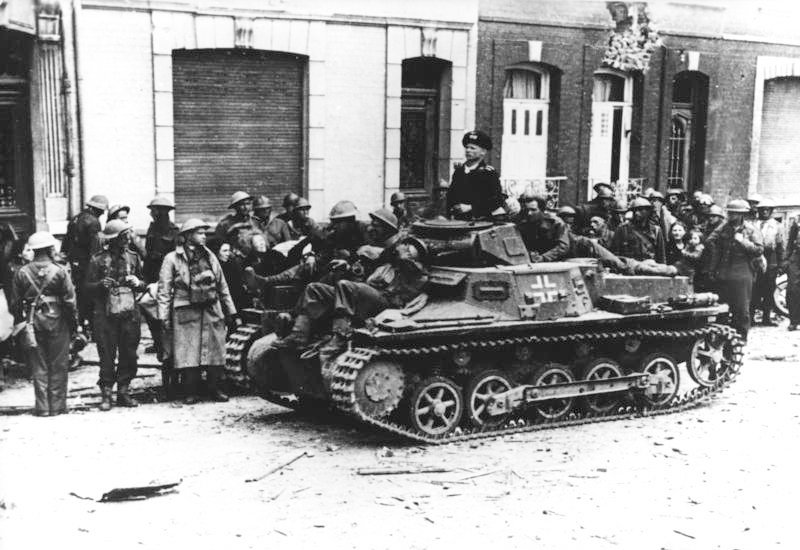
The Miracle of “Little Boats”
One of the most remarkable aspects of the Dunkirk evacuation was the extraordinary contribution of the British people. Hundreds of civilian boats, known as “small boats”, crossed the Mansa Sea to help military ships. Fishermen’s boats, yachts, ferries, and other civilian shipping vehicles took thousands of soldiers offshore and transported them to large ships. These ships had the advantage of being able to operate in shallow waters, which accelerated the evacuation and enabled more soldiers to be rescued.
# # The evacuation process
Evacuation was carried out at night and defended against German air strikes during the day. RAF pilots fought in the air against German aircraft, protecting soldiers in Dunkirk. Many Allied soldiers lost their lives during the evacuation, but the heroic efforts of the RAF enabled more soldiers to be rescued.
The Outcome of the Evacuation
Operation Dynamo ended on June 4, 1940. A total of about 338,000 Allied soldiers were rescued during the evacuation. The remaining 140,000 were from the French and other Allied forces. This great achievement was regarded as a great military and moral victory.
After the evacuation, the heavy weapons, vehicles and other military equipment left in Dunkirk passed to German forces. However, the success of the Dunkirk evacuation raised the morale of the Allied forces and enabled resistance to Germany to continue during the advancing stages of the war.
Dunkirk’s Significance and Heritage
The evacuation of Dunkirk is considered one of the turning points of World War II. Although it sounds like a major military defeat, it’s actually a story of resistance and survival. This event, known in Britain as the “Dunkirk Spirit”, has become a symbol of the endurance and unity of the British people. The evacuation allowed the Allied forces to reassemble and later win victory over Germany through major attacks such as the Normandy Exit (D-Day).
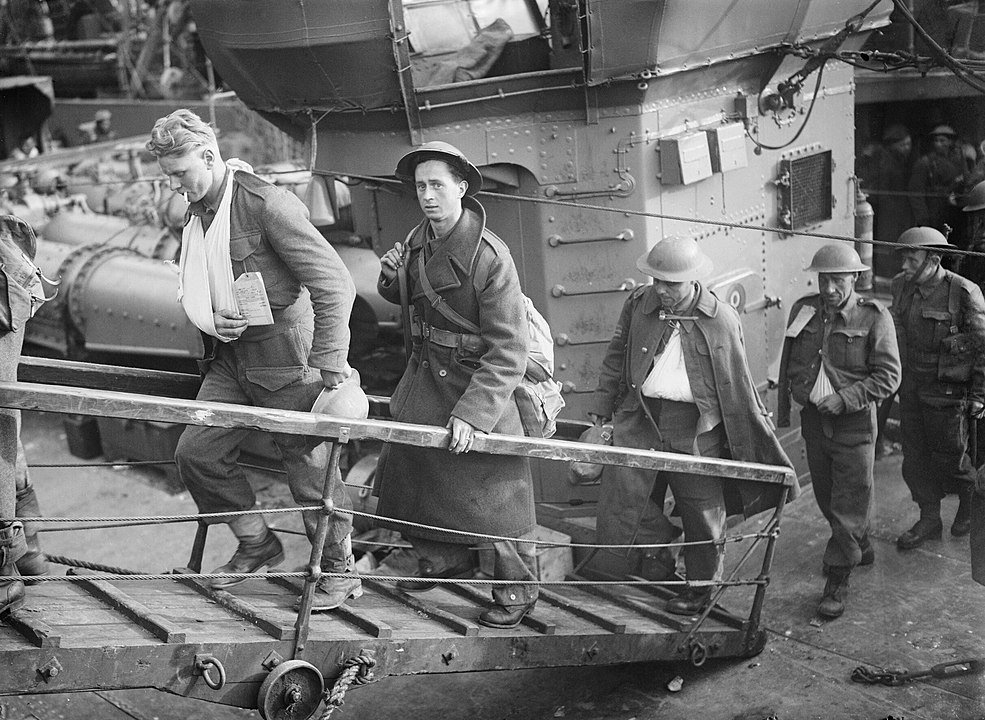
Historical and Cultural Influences
The evacuation of Dunkirk has been discussed in many books, films, and documentaries, as one of the largest maritime evacuations in history. Christopher Nolan’s 2017 film “Dunkirk”, covering the dramatic and human aspects of the evacuation, reached a wide audience and once again recalled the historical significance of the incident.
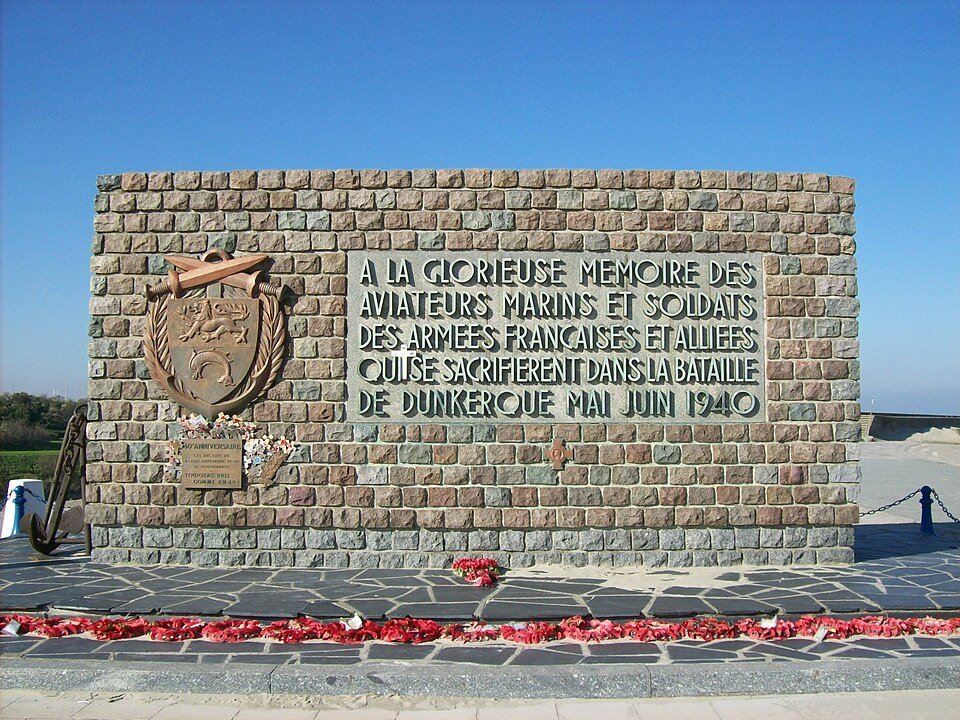
Result
The Dunkirk Evacuation was a light of hope shining in the dark days of World War II. The success of the operation helped the Allied forces to reorganize in the advancing stages of the war and gain final victory over Germany. This event is a powerful example of the human aspect of war and how people can come together in difficult times. The Dunkirk Evacuation, whileining its place in history, will continue to be remembered as a symbol of courage and endurance.

